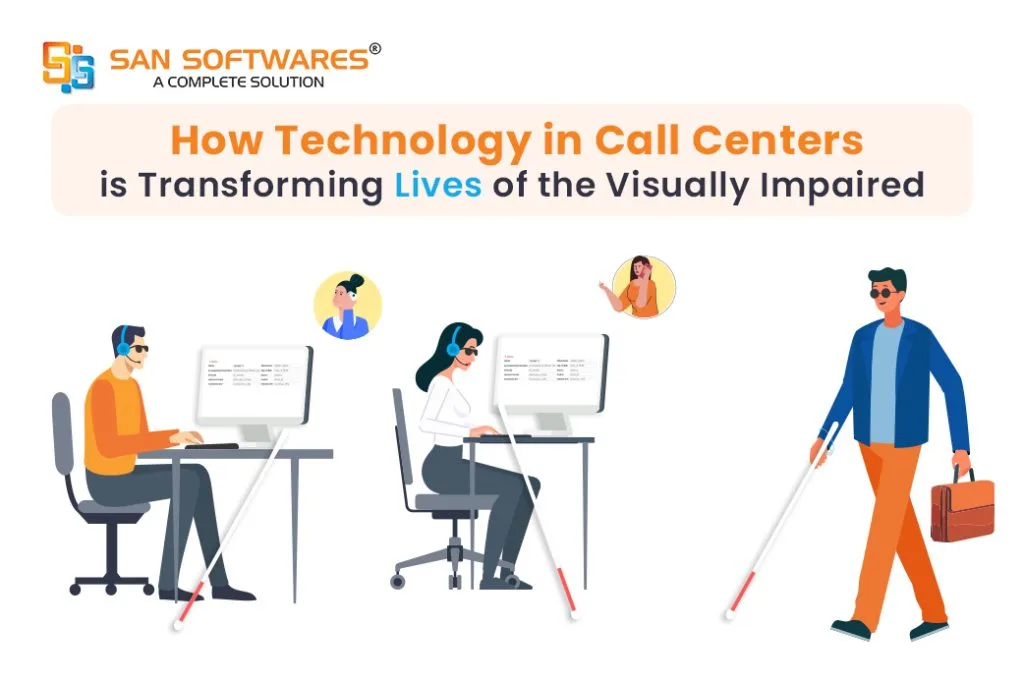
Technology in today’s modern world has played a great equalizer in most barriers, providing for full contribution by people with disabilities in the workforce. Some of the highly impacted areas where technology is making a difference include call centers, especially for visually impaired persons. This industry has been given a whole new dimension with specialized call center software and specific call center solutions that have been developed to help visually impaired professionals to hold their own at work.
Accessibility barriers in the conventional work environment have, for years, made it extremely hard for visually impaired people to secure jobs. However, all that is crumbling with enhancements in Call Center Software. In today’s software solutions, consideration has been taken of accessibility to ensure visually impaired agents provide services with professionalism, like their sighted counterparts.
The invention of accessibility-feature Call Center Software has opened visual sets for visually impaired professionals.
The implementation of accessible Call Center Software has had a profound impact on the lives of visually impaired individuals, opening up new career opportunities and enabling them to contribute meaningfully to the workforce. Here are some of the ways this technology is transforming lives:
While the progress that is being achieved concerning the development of accessible Call Center Software is admirable, there are still several challenges that have to be overcome. This software requires continuous innovation and development in order for it to cope with the fast-evolving needs of visually impaired professionals. Besides this, training and support should be constantly delivered to enable visually impaired agents to make full use of these technologies.
One area still in need of improvement is the utilization of artificial intelligence and machine learning within available call center software for the visually impared. Artificially intelligent novelties could go on to improve customer interaction with speech-to-text predictions, automation of repetitive tasks, and real-time support. Such development would further empower visually impaired agents, making them productive.
Where there is ever-evolving technology, possibilities concerning accessible call center software are endless. This trend of ongoing development in Call Center Solutions tailored for visually impaired professionals will further encourage better inclusion and opportunities for them in the workplace.
For this, any business entity needs to be keen on adopting accessible call center software that puts in place inclusive and user-friendly principles. By this, companies also contribute to their stride for a more inclusive and diverse workplace.
The bottom line is that the revolution, which has been wrought through accessible call centre technology, bears testimony to the power of innovation in tearing down barriers and opening up opportunities to all. Now, as we look to the future, it is time to further invest in these technologies so that blind and low-vision people can achieve their full potential in the workplace.
SAN Softwares is a company dedicated to providing complete software solutions to Corporate and end-user customers.

SAN Softwares is a company dedicated to providing complete software solutions to Corporate and end-user customers.
